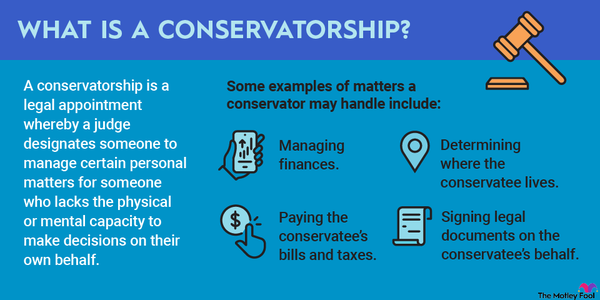Cryptocurrencies can be complicated. Different blockchain networks have different strengths and weaknesses. Thanks to the concept of cross-chain communication, app developers can deliver information from one blockchain to another.
The combination of two (or more) blockchains can be more powerful than the sum of the parts. So, the ability for blockchains to communicate is crucial for developers and investors.

What is cross-chain communication?
What is cross-chain communication?
The crypto market is not one monolithic blockchain network. For example, Bitcoin (CRYPTO:BTC) runs a distributed transaction ledger on its own blockchain network. Ethereum's (CRYPTO:ETH) smart contracts platform uses another that is not compatible with the Bitcoin blockchain.
These networks -- and many more -- are fundamentally different. Yet, if you want to set up an app to send Bitcoin payments when an Ethereum contract is executed, the two systems need to talk to each other.
There are many ways to achieve this interoperability. Several cryptocurrencies were designed for the single purpose of carrying data between different blockchain systems. In other cases, cross-chain communication can be handled by separate messaging protocols that aren't actual blockchain systems.
Why is this important?
Why is this important?
Cross-chain communication helps app developers provide interesting and powerful features where data points from one system interact with smart contracts, asset storage, and other systems managed by another blockchain. Here's how three of the most popular solutions work:
- Polkadot (DOT 5.83%) is a separate bundle of blockchains known as parachains. Information can pass from one chain to another in the cross-consensus message format (XCM). In turn, many of Polkadot's parachains can interact with systems and blockchains outside the Polkadot ecosystem. This is a sophisticated data transfer system with a built-in payment processing process designed to manage content flows and payment transfers in Web3 applications. The power of this platform comes from its ability to use the best features of many different blockchains through cross-chain communication.
- Chainlink (CRYPTO:LINK) is another popular cross-chain communication solution. It is a network of so-called oracles connecting Chainlink's blockchain ledger to a large number of real-world data sources. For a small fee (paid in Chainlink tokens), app developers can include these data points in Ethereum contracts. A sports betting app could deliver payouts based on baseball scores. A smart home app can read local weather data and adjust your thermostat before a heat wave rolls in. Chainlink can provide this data and much more.
- The Wormhole protocol is not a cryptocurrency or a blockchain network. It is a messaging protocol that connects to many of the leading smart contract networks. It can transfer data to and from any of these systems, but it doesn't automatically convert things from one blockchain to another. Instead, the app must store, convert, and use the blockchain data as required. This protocol is more of a programming tool than a global blockchain network.
Can you invest in cross-chain communication systems?
Can you invest in cross-chain communication systems?
Some of the cross-chain communication solutions are standalone blockchain entities. You can buy or sell Chainlink and Polkadot tokens, for example. They should gain value over time due to increased usage of their communication services. Each system is also under active development, and investors should see higher token prices as each platform gains new features, more users, and higher real-world demand.
Of course, there is no such thing as a guaranteed winner. Polkadot and Chainlink were front-runners in 2023, but new solutions could come along and steal market share from the early kings of cross-chain communication. So, if you want to invest directly in the long-term value of cross-chain communications, you should keep a close eye on how this subsector of blockchain technology develops.
You could also take a more laid-back approach. Cross-chain communication solutions should raise the collective value of the cryptocurrency market as a whole. You could take indirect advantage of that idea by investing in robust cryptos such as Ethereum and Bitcoin, expecting the cross-linked community to also add significant value to these key coins.
Related investing topics
Example
Here's one example of cross-chain communications in action
Imagine a full-featured smartphone app that puts decentralized finance (DeFi) services in your pocket. Thanks to the power of cross-chain communications, this app could:
- Store your Ethereum and Bitcoin holdings.
- Manage your dollar-based wealth by connecting to your bank's Chainlink oracles.
- Let you borrow or lend crypto assets across various blockchain networks.
- Set up smart contracts to automate your money management.
Polkadot and Chainlink tokens can manage most of this. Wormhole and other non-token solutions should also get the job done, keeping more of the data on your device and less in the cloud.
Some people prefer tighter control over their financial data. Others trust the blockchain cloud and enjoy the convenience of always-on access from anywhere. Having a choice is important. No single solution works for everyone.
Combining data feeds and digital assets in this way is a game-changing idea. In the future, your wallet will be digital and incredibly powerful. Widespread access to these apps should go a long way toward making banking systems equally available to everyone.
Cross-chain communication is not just a buzzword; it's a technology that's revolutionizing how we'll interact with digital assets and DeFi services.
















































































































































